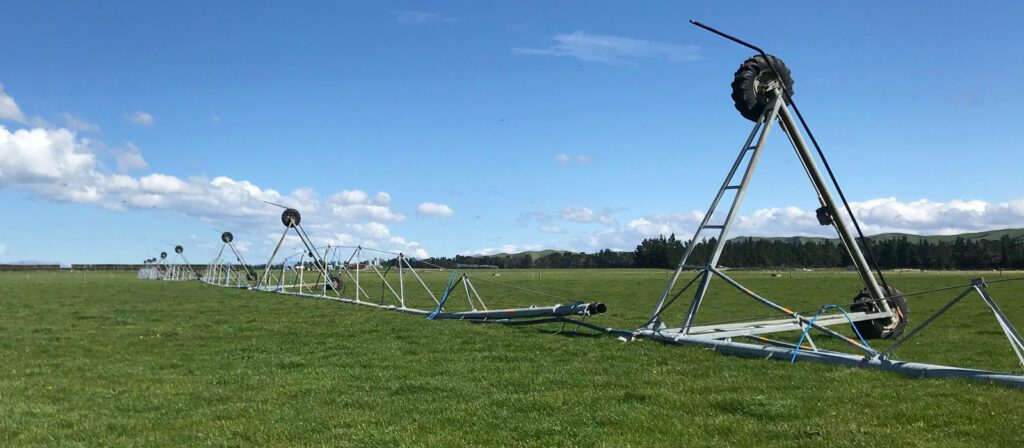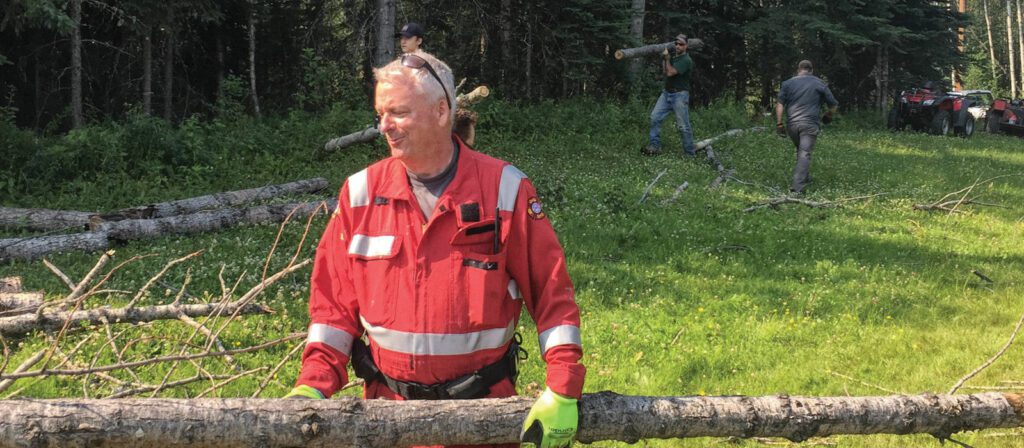Net-Zero Asset Owner Alliance
The Folksam Group is one of six initiators of the UN-convened Net-Zero Asset Owner Alliance, an international group of more than 30 institutional investors with the goal of having net-zero greenhouse gas emissions in investment portfolios by 2050. Through its work in the Alliance, Folksam steadily promotes the achievement of net-zero greenhouse gas emissions among the companies in its investment portfolios. Such efforts contribute to the reduction of future risks related to climate change.
The Net-Zero Asset Owner Alliance was convened by the United Nations Environment Programme’s Finance Initiative and the Principles for Responsible Investment, representing approximately USD 5 trillion in assets under management to help align investment portfolios with a 1.5 degree Celsius climate change scenario, addressing Article 2.1c of the Paris Agreement.
Helping customers prevent damage from natural events
Folksam helps its customers to prevent damages related to natural events through analysis and communication. For example, Folksam has developed a model to be able to follow natural events on a regular basis (such as lightning storms, heavy rain and floods). And when there is a risk of natural events causing severe damage to the society (warning classification 3 by SMHI), Folksam sends text messages to its customers and gives advice on how to prepare and prevent damages. This warning service through text message has also been used to inform customers about increased risk of floods in relation to spring floods.
Communication through text messages is complimented with press releases and information in social media in order to reach as many of our customers as possible. Before the summer, the company publishes information about impacts of the damages caused by natural events during the previous year. Also, Folksam sends out emails to its customers 5-6 times per year with relevant information and recommendations of how to prevent damages from natural events typical for the specific season. Folksam advises customers on how to create climate resilient housing through information on its website.
Road traffic safety and carbon emission reduction
Folksam contributes to road traffic and vehicle safety through a number of measures as outlined below, many of which also have the co-benefit of reducing carbon emissions through speed reduction incentives and identifying fuel efficient vehicles.
- By analysing real-world accidents from a systems approach, effective countermeasures have been identified for various road users. Premium reductions have frequently been used to promote efficient safety systems;
- Undertaking car model safety ratings based on real-world crashes aimed to guide consumers to pick the safest cars;
- Pay-as-you-drive car insurance that encourages policyholders to keep within the speed limit;
- Measuring the speed compliance in company cars with the aim to lower the speed on the roads and to influence companies to introduce for example ISO 39001 (standard for road traffic safety); and
- Consumer information is used to spread knowledge and to minimise injuries. This includes conducting consumer tests of child restraints and bicycle helmets, thereby influencing manufacturers to produce safer products and helping customers pick the safest products.



